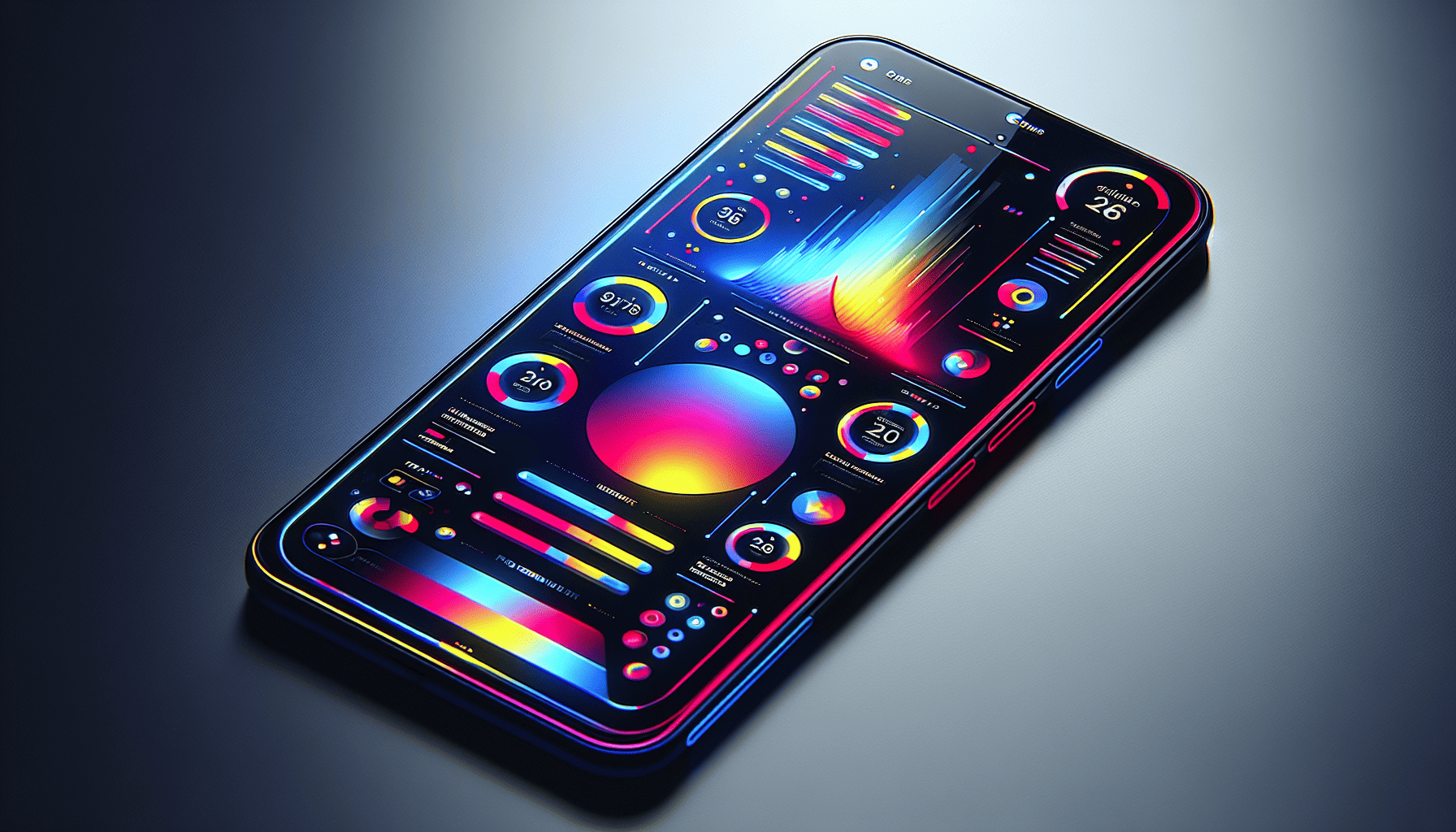In 2024, the landscape of mobile applications is being significantly reshaped by revolutionary advancements in user experience (UX) and user interface (UI) design. These innovations are not only elevating the visual appeal of apps but are fundamentally transforming how users interact with technology, enhancing engagement and fostering deeper satisfaction.
At the forefront of this transformation is the integration of artificial intelligence (AI) and machine learning, which are enabling apps to provide highly personalized experiences. From predictive text features that adapt to a user’s communication style to smart content recommendations based on behavior patterns, AI is allowing apps to anticipate user needs and deliver tailor-made interactions. This level of customization not only improves ease of use but also establishes a personal connection with users, making them feel more valued and understood.
Furthermore, the advent of augmented reality (AR) and virtual reality (VR) is providing a new dimension to UX/UI design. These technologies are creating immersive experiences that blur the lines between the digital and physical worlds. For instance, shopping apps are using AR to allow users to visualize products in their real environment before making a purchase, significantly enhancing the decision-making process. Similarly, VR is being used in educational and training apps to simulate real-world experiences, thereby providing a more engaging and effective learning environment.
The emphasis on accessibility and inclusivity is another pivotal change in UX/UI trends of 2024. Designers are increasingly prioritizing features that cater to users with disabilities, ensuring that apps are usable by everyone. This includes voice-driven interfaces, adaptable fonts and layouts, and color schemes that consider color blindness. By focusing on universal design principles, developers are widening their audience and promoting equality and diversity in app usage.
Moreover, the minimalist design trend continues to thrive, with a focus on decluttering interfaces to provide seamless, intuitive navigation. This approach not only boosts aesthetic appeal but also reduces cognitive load, allowing users to accomplish tasks more efficiently. With the principle of “less is more,” app designers are focusing on essential features, avoiding unnecessary distractions and thereby enhancing user satisfaction.
Feedback mechanisms have also become an integral component of modern app design. Developers are leveraging real-time feedback tools to ensure that user input shapes the evolution of the app. By listening to the needs and preferences of users, companies can make data-driven improvements, ensuring that the app remains relevant and user-focused.
Additionally, the increased focus on sustainable design is helping to set a new standard in mobile apps. Developers are now considering the environmental impact of their digital creations, aiming to optimize energy efficiency and reduce the app's carbon footprint. This includes fine-tuning software to ensure it is not only high-performing but also environmentally friendly, reflecting the growing consumer demand for sustainability in technology.
In conclusion, the advancements in UX/UI design in 2024 are revolutionizing mobile applications, making them more engaging, personalized, and user-friendly. By integrating cutting-edge technologies like AI, AR, and VR, prioritizing accessibility, and adopting sustainable practices, developers are not only meeting the needs of contemporary users but are also setting the stage for the next generation of mobile experiences. As these innovations continue to evolve, the potential for mobile apps to enrich our daily lives appears boundless.
